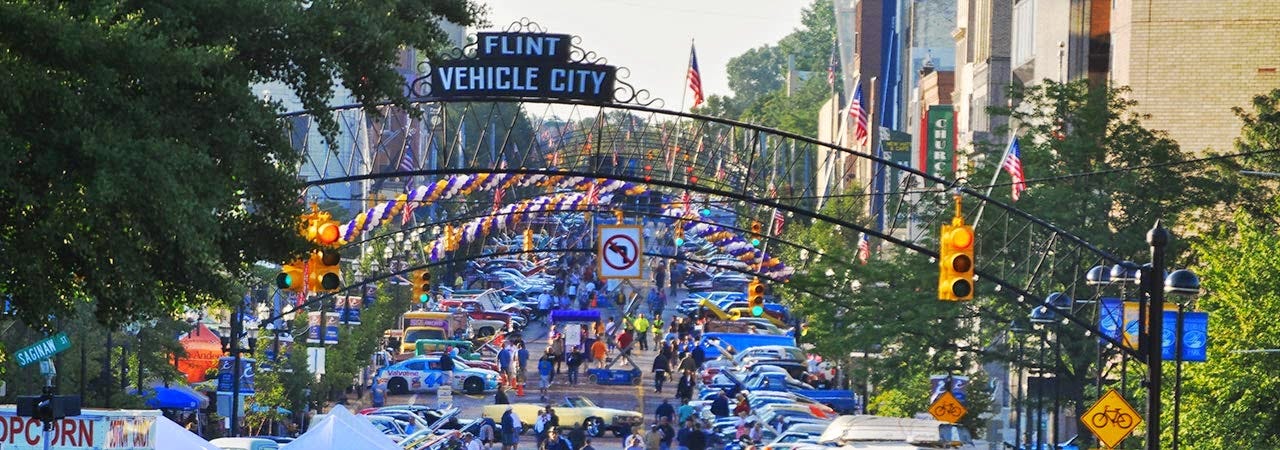CSY Repost: The "Five Midwests" Series, Part 3: The Lower Lakes (aka "Rust Belt")

Scene from an outdoor car show in Flint, MI. Source: northwood.edu
(Note: Continuing the revisit of the Five Midwests, here's the Lower Lakes, or the Rust Belt. -Pete)
Originally posted April 2, 2015
Series to date:
Part 1: Overview
Part 2: The North Woods
Let me first address the name I've given to this Midwest subregion, the Lower Lakes. I've decided to…
Keep reading with a 7-day free trial
Subscribe to The Corner Side Yard to keep reading this post and get 7 days of free access to the full post archives.
